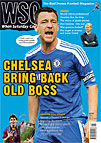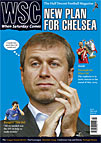 Instead of trying to mimic their richer neighbours, small clubs in Switzerland can succeed by serving their local communities, says Paul Knott
Instead of trying to mimic their richer neighbours, small clubs in Switzerland can succeed by serving their local communities, says Paul Knott
The normally sober francophone Swiss newspaper Le Temps was recently moved to ask whether there is any point in continuing with domestic professional football. The editorial in question was partly a howl of anguish at a calamitous season for the clubs in the paper’s catchment area. But it also raised a valid question about how clubs in the smaller European countries can remain viable when bigger outfits from elsewhere offer greater glamour by exploiting their status as “the most indebted clubs in the world”.



